| |
Hepatitis C Surveillance 2022: new acute, chronic HCV cases;
racial disparity; death rates; switch from IDU to snorting, smoking
|
| |
| |
https://www.cdc.gov/hepatitis/statistics/2022surveillance/hepatitis-c.htm
After over a decade of consecutive annual increases in acute hepatitis C, the number of acute hepatitis C cases declined for the first time in 2022. This decrease was observed despite a change to the acute hepatitis C case definition in 2020, which was designed to improve sensitivity in identifying acute hepatitis C cases (see Technical Notes/Case Definitions). But acute cases increased during this time for Blacks & Hispanics.
After over a decade of consecutive annual increases in acute hepatitis C, the number of acute hepatitis C cases declined for the first time in 2022. During 2022, a total of 4,848 acute cases were reported, corresponding to 67,400 estimated infections after adjusting for case underascertainment and underreporting.1 The number of cases reported during 2022 corresponded to a 3.5% decrease from the 5,023 cases reported during 2021 and a 99% increase from the 2,436 cases reported during 2015.
A total of 93,805 new chronic hepatitis C cases were reported during 2022. A higher number of newly reported cases of chronic hepatitis C were observed among males compared with females across all age groups. Among both males and females, a bimodal age distribution was observed with cases highest among persons aged 20-39 years and a second peak around 55-70 years.
During 2022, state-specific mortality rates varied throughout the country but were highest in the Central, Western, and certain Appalachian states, which reflects a different epidemiologic picture from acute hepatitis C rates (Figure 3.3). The jurisdictions in the highest rate category of 4.30-11.15 deaths per 100,000 population include (in increasing rate order) Colorado, Montana, Louisiana, Wyoming, Tennessee, West Virginia, Kentucky, Oregon, the District of Columbia, and Oklahoma. The states in the lowest rate category (0.00-1.88 deaths per 100,000 population) include Connecticut, Illinois, Maine, Utah, Hawaii, New Jersey, New York, Wisconsin, Georgia, Iowa, and Missouri.
See Death rates table below. Death rates have declined but are still high. During 2022, a total of 12,717 hepatitis C-related deaths were reported among US residents in the Provisional US Multiple Cause of Death data from the National Center for Health Statistics, resulting in an age-adjusted mortality rate of 2.89 deaths per 100,000 population.
Hepatitis C-related death rates were highest among persons aged 55-74 years, compared with other age categories, and deaths in this age group accounted for 76% of all hepatitis C-related deaths reported during 2022. Non-Hispanic White persons accounted for 64% of all hepatitis C-listed deaths with a rate of 2.72 deaths per 100,000 population; however, the death rate among non-Hispanic American Indian/Alaska Native persons (9.08 deaths per 100,000 population) and non-Hispanic Black persons (4.75 deaths per 100,000 population) was 3.3 times and 1.7 times the rate among non-Hispanic White persons, respectively.
While the COVID-19 pandemic disrupted health care access and health department surveillance capacity during 2020-2022, any anticipated reductions in the number of reported acute hepatitis C cases were likely offset by a change to the acute hepatitis C case definition in 2020. The new case definition was designed to better characterize cases classified as acute hepatitis C (see Technical Notes).
New acute HCV cases dropped 6% from 2020 to 2022, after steadily increasing from 2015 to 2020. But increased among Blacks & hispanics white declining among whites, see Figure 5 below. STILL, rates are double what they were in 2015 see graph below. Since 67,000 were estimated to experience new acute HCV & only 4,800 were reported, this reflects that most do not know they were infected with HCV. Of note 93,000 newly reported cases of chronic HCV infection also likely reflects how many people were never detected or tested or aware they had HCV. Below is a report from CDC suggesting that there is a trend of switching drug use from injecting to snorting & smoking, which would have the affect of decreasing risk for HCV transmission: that overdoses due to injections decreased 29% but overuse deaths increased with smoking & snorting increased 75%. COVID may have played a role in this decline as well with perhaps less testing in the community as it was restricted during early days of COVID, you may recall many testing projects were prevented from testing de to COVID restrictions so street testing was greatly reduced or eliminated. So we will see the acute new infection rates for 2023 & 2024 to see if there’s a change.
Jules Levin, NATAP
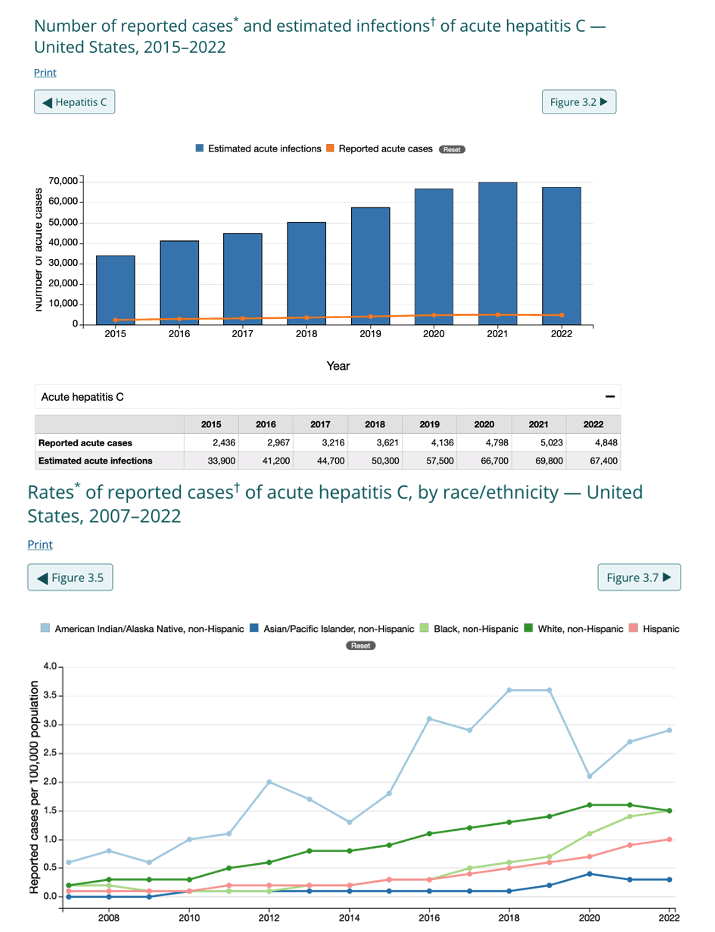
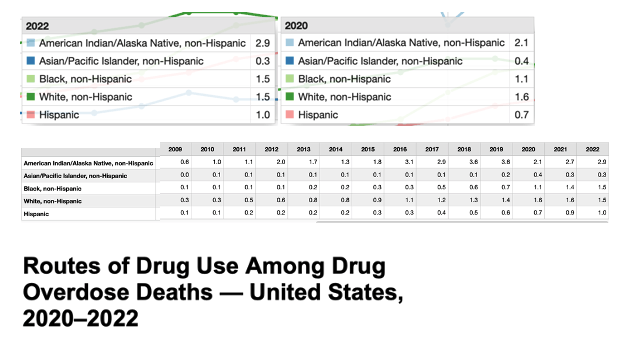
https://www.cdc.gov/mmwr/volumes/73/wr/mm7306a2.htm
From January-June 2020 to July-December 2022, the percentage of overdose deaths with evidence of injection decreased 29.1%, from 22.7% to 16.1%, whereas the percentage with evidence of smoking increased 73.7%, from 13.3% to 23.1%. The number of deaths with evidence of smoking increased 109.1%, from 2,794 to 5,843, and by 2022, smoking was the most commonly documented route of use in overdose deaths. Trends were similar in all U.S. regions. Among deaths with only IMFs detected, the percentage with evidence of injection decreased 41.6%, from 20.9% during January-June 2020 to 12.2% during July-December 2022, whereas the percentage with evidence of smoking increased 78.9%, from 10.9% to 19.5%. Similar trends were observed among deaths with both IMFs and stimulants detected. Strengthening public health and harm reduction services to address overdose risk related to diverse routes of drug use, including smoking and other noninjection routes, might reduce drug overdose deaths.
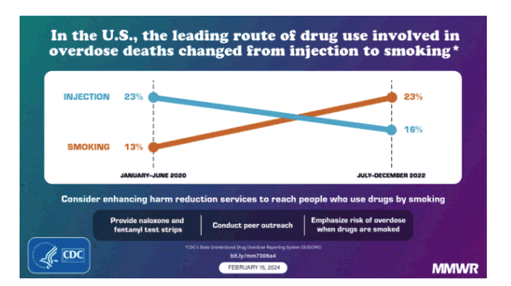
Transition from Injecting Opioids to Smoking Fentanyl in San Francisco, California
The median number of past-month injections steadily decreased by semi-annual calendar year from 92 injections in July to December 2018 to 17 injections in January to June 2020. The rate of opioid injections reduced by half (Adjusted Incidence Rate Ratio=0.41; 95% Confidence Interval=0.25, 0.70; p<0.01). The number of days smoking fentanyl was associated with fewer number of injections (X2(2) = 11.0; p<0.01). Qualitative interviews revealed that PWID’s motivation for switching from injecting tar heroin to smoking fentanyl was related to difficulties accessing veins. After switching to smoking fentanyl, they noticed many benefits including how the drug felt, improved health, fewer financial constraints, and reduced stigma.
https://www.ncbi.nlm.nih.gov/pmc/articles/PMC10790652/
Overdose mortality increased by 270 percent in San Francisco during the study period(Thadani, 2021).
Changes in injecting versus smoking heroin, fentanyl, and methamphetamine among people who inject drugs in San Diego, California, 2020 to 2023
Among people who used fentanyl, smoking was the most common mode of fentanyl use (91%). Overall, 334 (59%) only smoked fentanyl and 229 (41%) injected fentanyl. https://www.sciencedirect.com/science/article/abs/pii/S0376871623012917?via=ihub
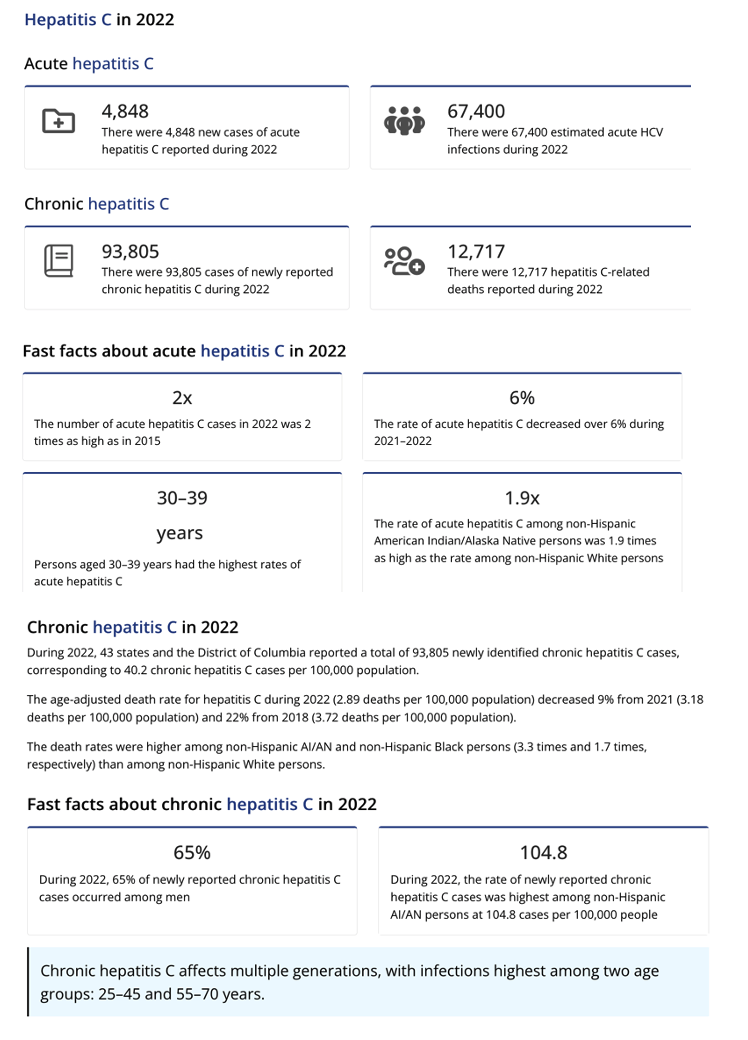
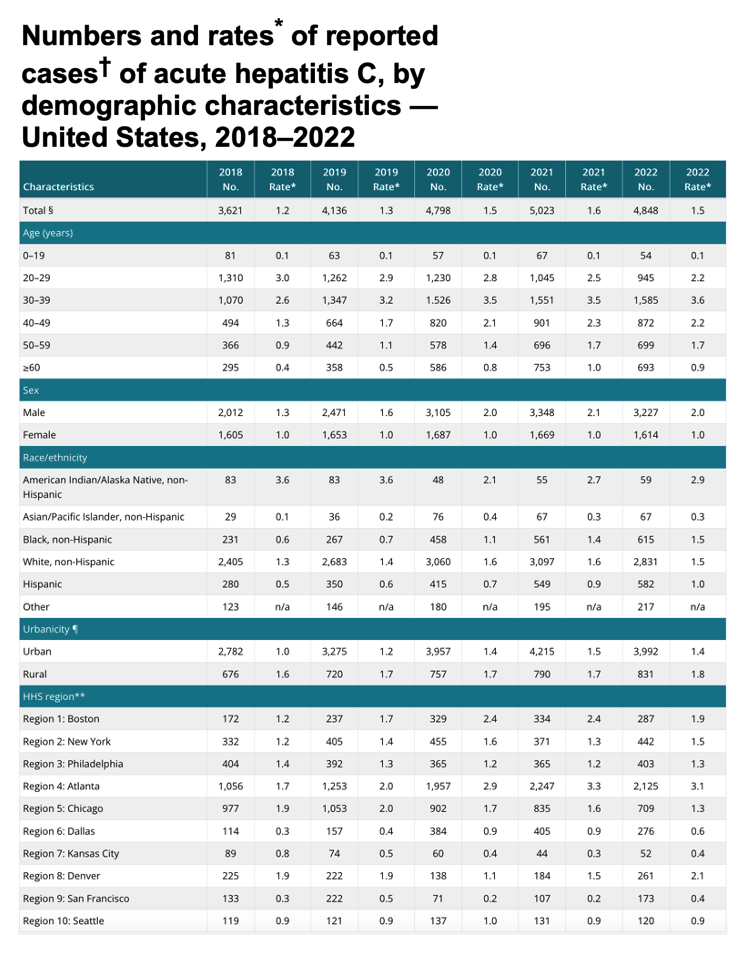
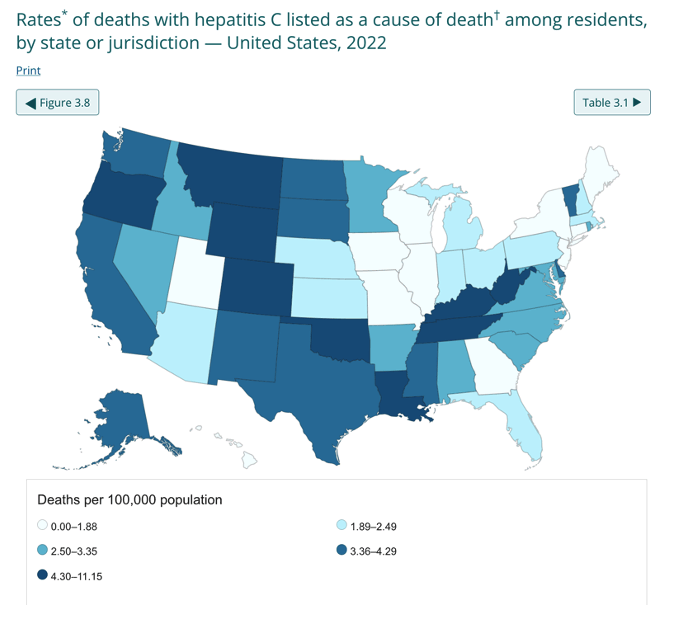
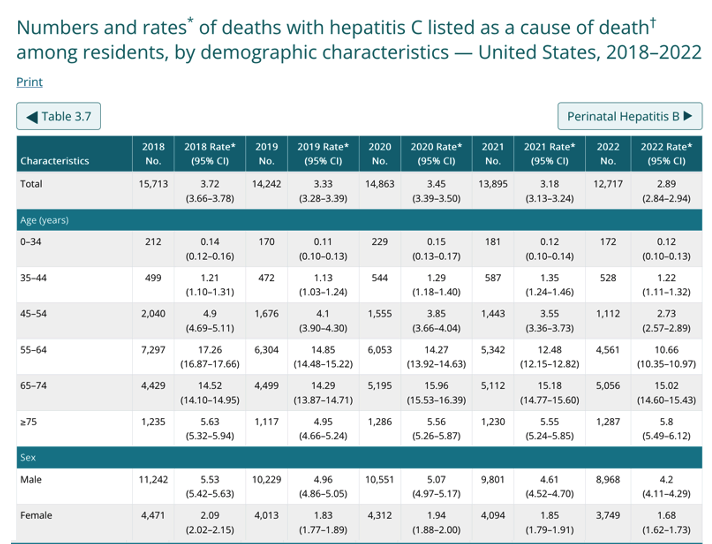
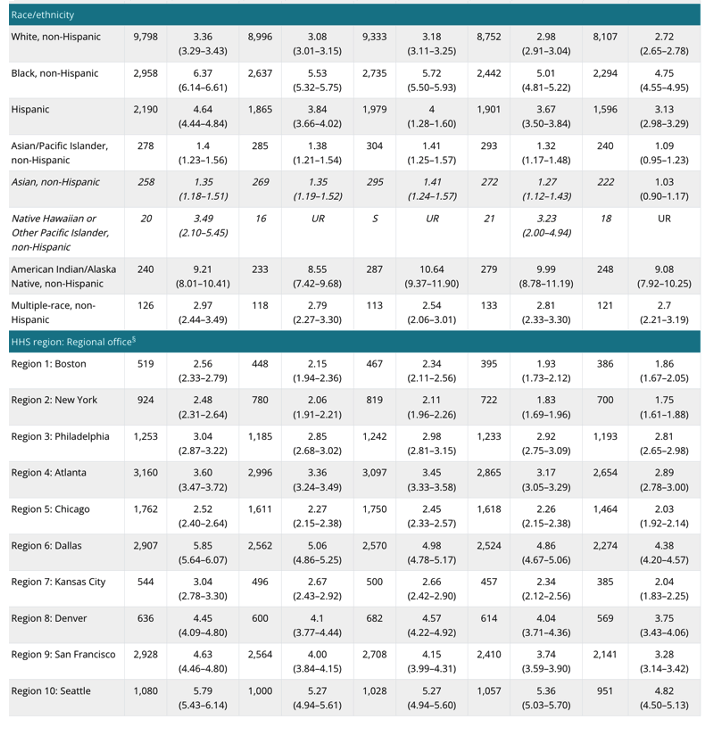
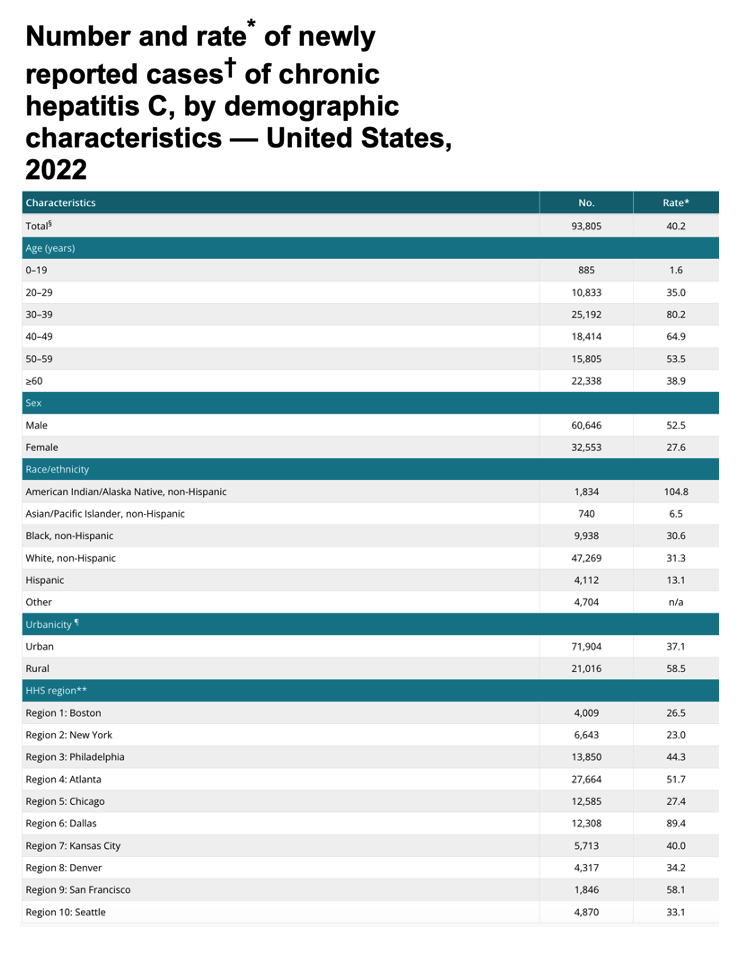
| |
| |
| |
|
|
|